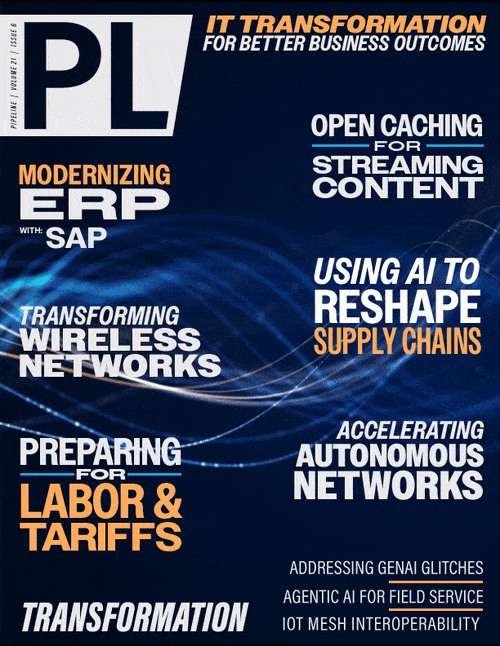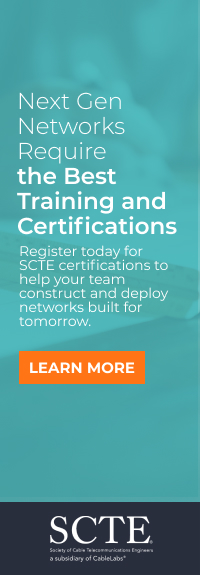GenAI Transformation Glitches
The same approaches that work for technology/operations discontinuities can work here. The separate innovation group with both technology and operations staff can be expanded to include people with development skills. Here again, it is also possible to combine these people with the business, technology, product, marketing, and operations people.
No Budget at Key Stages
The final vulnerability involves budgets, particularly in the later levels of the innovation funnel. It can be very difficult if every attempt to start a POC or field trial has to get separate budget approval competing against all other potential claims on funding. In these situations, the percentage of success is very low and the delay cycle in approval can be way too long. Also, this kind of process tends to approve only very large efforts that appear to have guaranteed success or, following a herd instinct, it is deemed every company in the industry feels they have to have one. There is no recognition of the importance of allowing for failure to achieve true innovation. BT (the U.K. Telco) has had a good funnel process that has been impeded by this problem for many years.
The way to prevent this vulnerability is to provide a budget allocation every cycle for innovation projects. Then, each proposed innovation is not competing against every activity in the whole company. Rather, it is competing against other potential projects in the funnel, as it should be. This also forces senior management to recognize and commit to innovation in every budget cycle. And in a public corporation, it results in stockholders being able to see if the company is committed to the innovation it often talks about.
Successful Examples
Although it takes serious effort to overcome these potential glitches in the GenAI innovation funnel, there are some good examples of success. Because of the newness of the technology, those examples tend to be in the organizations responsible for creating it.
Alphabet is a good example of creating a separate organization to foster innovation. John Hennessy, the Chairman of the Board of Alphabet and President Emeritus of Stanford University, during his reprise of his Turing Award Lecture at a Stanford colloquium said that when a company waits to find out that a new technology has arisen that disrupts the business it is in, it is generally too late for that company to find the next thing. He pointed to Xerox as an example. He said that innovation must be an ongoing process. This approach can be seen in the creation of Alphabet (before the innovation portfolio was combined with Google and Alphabet was the umbrella). Alphabet’s acquisition of Deep Mind can be seen as bringing in an outside partner (as shown in the illustration). The integration of innovations developed at Deep Mind in Google’s services and the semiconductors that power those services can be seen as another innovation funnel.
Meta’s creation of FAIR in New York is also a good example of creating a separate organization to foster innovation in GenAI. This had two particularly interesting aspects. First, FAIR was created a continent away from Meta headquarters, similar to the IBM PC Group being housed in Florida well away from headquarters in New York. This provides some insulation from the not invented here pressure that otherwise might come from colocating with headquarters. Second, Meta chose to let FAIR pursue an Open Source business model, which appears to have had significant advantages.
Apple has an ongoing history of failures on the road to dramatic successes — the Lisa before the Mac; the Newton before the iPhone; etc. Now the company has taken the same approach with GenAI, launching a GenAI aggregated news service that failed in its first week.
Fear of Automation
There is a general level of anxiety developing around GenAI and automation eliminating jobs. A friend told me that this sense of anxiety pervaded MWC (Mobile World Congress) this year. This sense of anxiety can damage normal business operations as well as GenAI innovation projects. Therefore, it has become critical to ongoing business success for leaders to find ways of reassuring their employees that the employees will be taken care of. Taken care of regardless of the success or failure of GenAI automation projects.
Conclusion
GenAI transformation is an important part of any company’s planning and execution process. The challenge is how to make well thought out innovation funnels effective in producing valuable results. To do this, companies have to put in place measures to overcome the potential glitches that can impair the funnel’s operation.



















